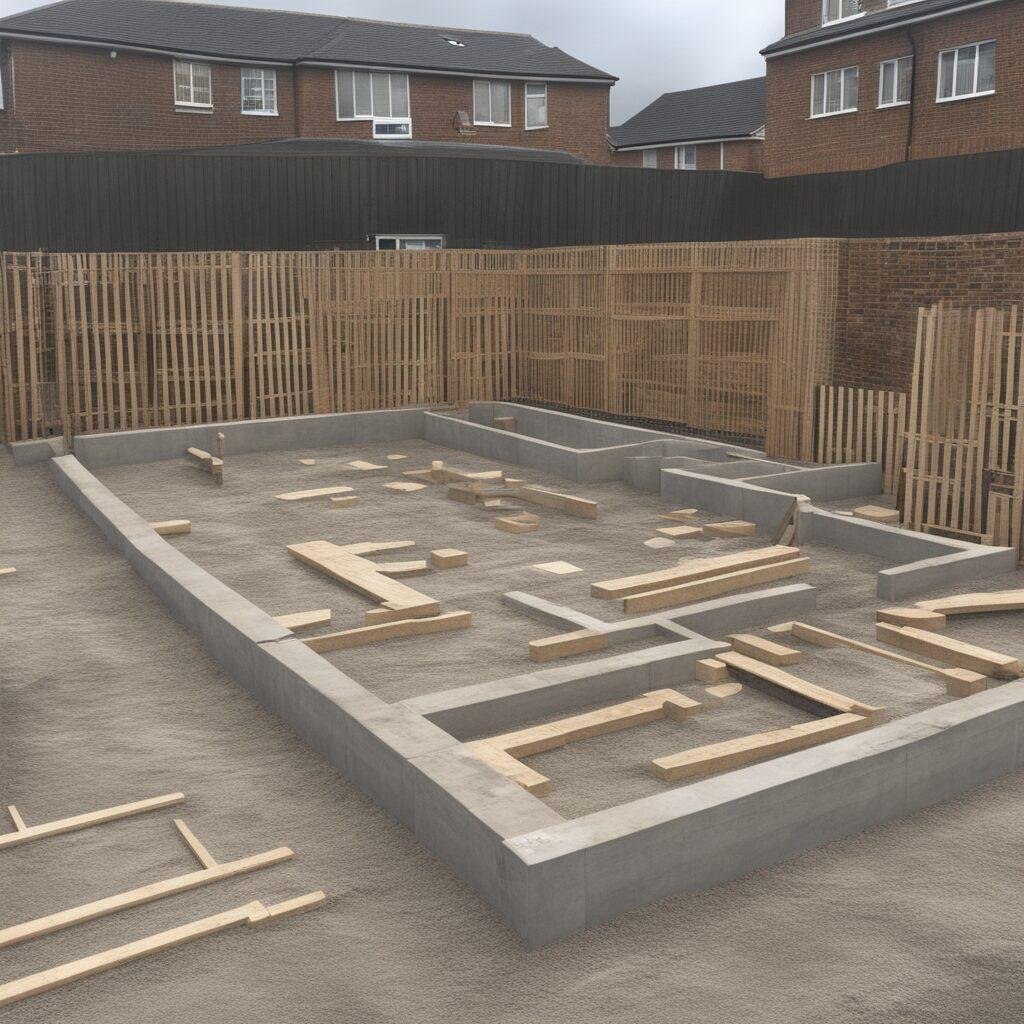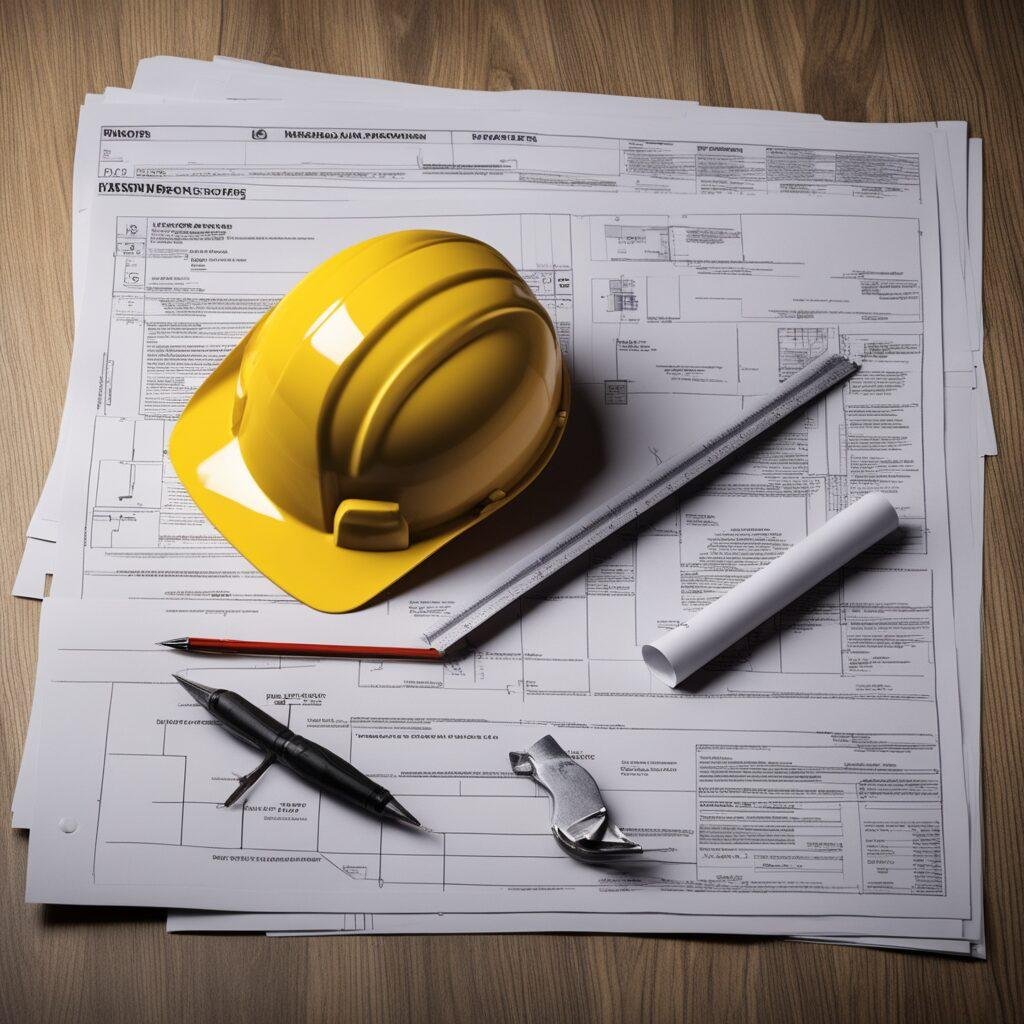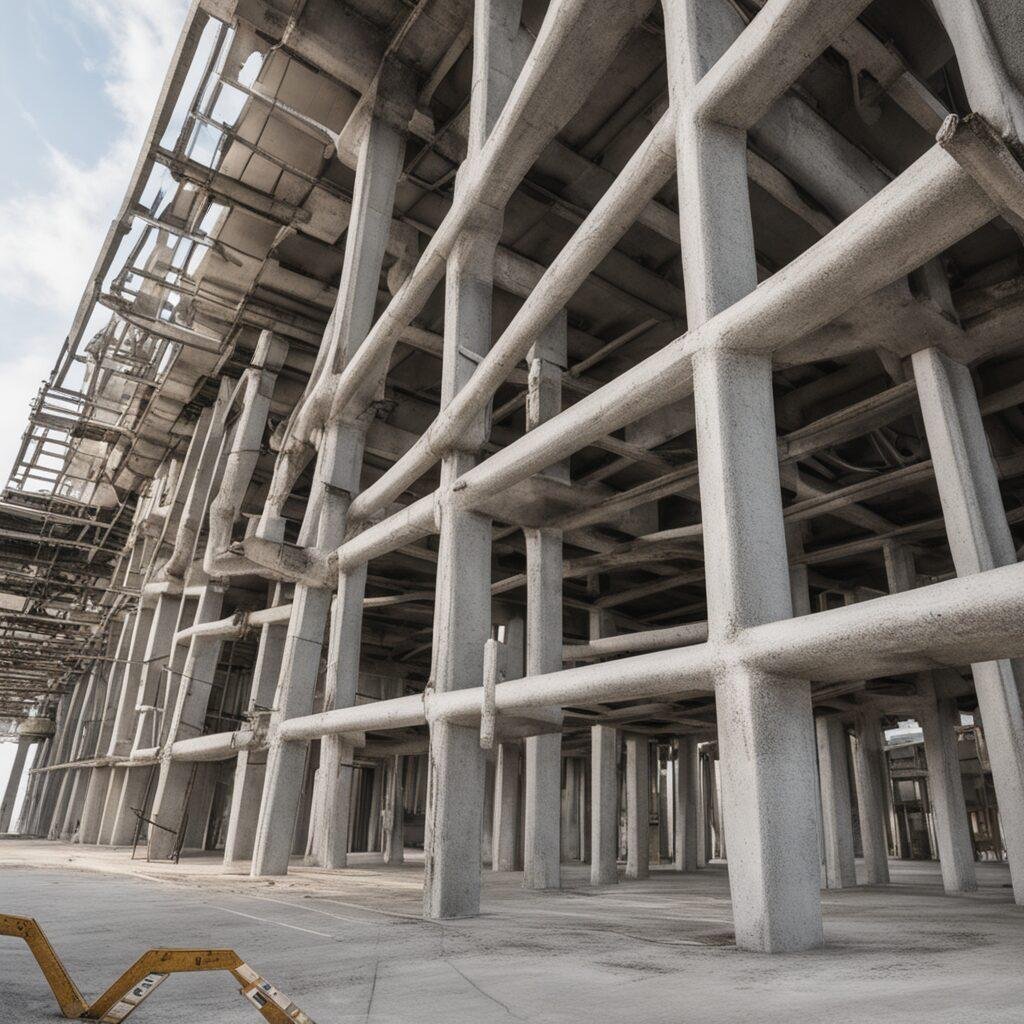Structural engineering is crucial for the design and construction of safe & stable structures, but even with careful planning, mistakes can still occur. To avoid these mistakes & ensure the safety & stability of your designs, make sure to accurately calculate loads, use corrosion-resistant materials, properly design & detail connections, consider temperature changes, prioritize maintenance & inspection, assess soil conditions, incorporate redundancy, use accurate reinforcement design & detailing, consider fire protection, & maintain effective communication & coordination with all project team members. By following these tips, you can avoid costly mistakes and ensure the success of your projects.
Menu
Reinforcement in Concrete Structures: 5 Essential Benefits
Concrete is a popular choice for construction projects due to its relatively low cost, durability, & versatility. However, it is important to note that concrete does have its limitations. One such limitation is its weakness in tension. When subjected to tensile stress, concrete can fail in a brittle manner, leading to catastrophic consequences. To overcome this weakness & improve the overall strength and durability of concrete structures, reinforcement is often used. Reinforcement refers to the addition of additional materials, such as steel or fibers, to the concrete to improve its tensile strength & overall performance. By adding reinforcement to concrete, you create a composite material with the concrete providing strength against compressive stress & the reinforcement providing strength against tensile stress. In this article, we will be exploring the role of reinforcement in concrete & why it is essential for ensuring the strength and durability of concrete structures.
The Mechanics of Materials and Concrete


When designing a structure, it is essential to understand the properties of the materials being used. Different materials have different strengths & weaknesses, & it is essential to consider these when determining the overall design of the structure. In the case of concrete, it is crucial to understand the mechanics of materials & how they apply to concrete.
One important property of materials is their ability to resist external forces, such as loads or environmental conditions. When a structure is subjected to stress, the material it is made of will experience internal forces, which can be classified as compression, tension, or shear. Compression refers to the forces that act to compress or crush a material, while tension refers to the forces that act to stretch or elongate a material. Shear refers to the forces that act to slide or shear a material.
Concrete is a very strong material in compression, but it is quite weak in tension. This means that without reinforcement, concrete structures are prone to failure when subjected to tensile stress. For example, consider a concrete beam that is subjected to a load. The top of the beam will experience compressive stress, while the bottom of the beam will experience tensile stress. If the tensile stress on the bottom of the beam is too great, the beam will fail. This type of failure is known as brittle failure, & it can happen without warning, leading to catastrophic consequences.
The Benefits of Reinforcement


To overcome the weakness of concrete in tension and improve the overall strength & durability of concrete structures, reinforcement is often used. Reinforcement refers to the use of additional materials, such as steel or fibers, to strengthen the concrete. By adding reinforcement to concrete, you create a composite material, with the concrete providing strength against compressive stress & the reinforcement providing strength against tensile stress.
The most common type of reinforcement used in concrete is deformed steel, also known as rebar. When added to concrete, steel reinforcement increases the tensile strength of the structure, allowing it to withstand greater loads and forces. In addition to increasing the strength of the structure, reinforcement also changes the mode of failure from brittle to ductile. This means that instead of collapsing suddenly, a reinforced concrete structure will show signs of cracking & deformation before it fails. This allows you to identify and address any potential issues before they become serious problems, potentially saving lives in the process.
Different Types of Reinforcement in Concrete Structures


There are a few different types of reinforcement that can be used in concrete, & the type you choose will depend on the specific requirements of your project. Some common types of reinforcement include rebar, wire mesh, & fibers. Rebar is a type of deformed steel that is commonly used to reinforce concrete structures. It is available in a variety of sizes and shapes, and it is typically used to improve the tensile strength of the structure. Wire mesh is another common type of reinforcement that is used in concrete. It is made up of a series of interconnected wires that are used to improve the tensile strength of the concrete. Fibers are another type of reinforcement that can be used in concrete. They are typically made of materials such as glass or carbon, and they are used to improve the tensile strength and ductility of the concrete.
Each type of reinforcement has its own unique benefits and drawbacks, & it is important to choose the right one for your project. Factors to consider when selecting a type of reinforcement include the required strength and ductility of the structure, the environmental conditions the structure will be subjected to, & the cost and availability of the reinforcement material.
Final Thoughts on the Importance of Reinforcement in Concrete Structures.


Reinforcement is a must for concrete structures because it helps to overcome the material’s weakness in tension and provides a more durable, long-lasting structure. Without reinforcement, concrete structures are prone to brittle failure and may not be able to withstand the stresses they are subjected to. By reinforcing your concrete structures, you can ensure that they are able to withstand the loads and environmental conditions they will be subjected to, & you can also protect against brittle failure. Proper design and use of reinforcement is essential for ensuring the safety and integrity of concrete structures, and it is an important consideration for any construction project.



- Head Office: Corwell Lane, Uxbridge, England, UB8 3DE.
- + (44) 07359 267907
- info@structuralengineercalcs.com


